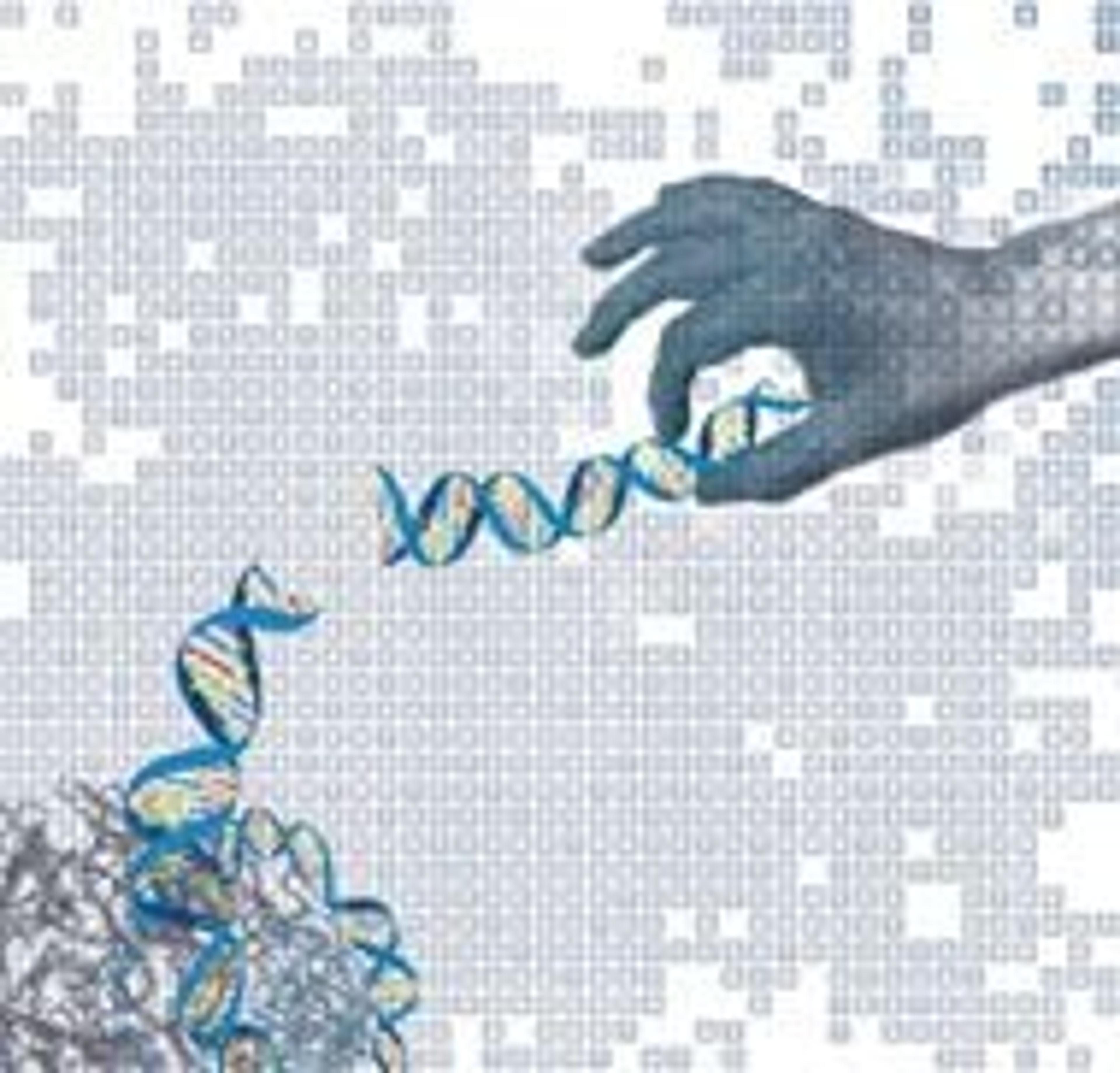Roche NimbleGen and Baylor College develop an improved version of Sequence Capture 385K Arrays
5 Nov 2008New Sequence Capture algorithms result in more uniform coverage, less overall sequencing costs, and enables whole exome sequencing.
Roche NimbleGen in cooperation with the Human Genome Sequencing Center at Baylor College of Medicine in Houston, Texas has launched an improved version of their Sequence Capture 385K Arrays, the groundbreaking technology for enriching targeted genomic regions for high-throughput sequencing. The new and improved microarrays allow researchers to perform their own capture experiment and perform quick sequencing of enriched regions using next-generation technology such as the Genome Sequencer FLX System from 454 Life Sciences. The entire workflow, starting from genomic DNA, to enriched DNA of target regions, and sequencing results takes about two weeks, compared to months or years for traditional PCR-based methods coupled with capillary sequencing. These second version microarrays will also be available through Roche NimbleGen´s Sequence Capture Service.
A critical performance measurement for enrichment technologies is to capture all the target regions with equal efficiency. NimbleGen second generation Sequence Capture Arrays deliver improved performance regarding the specificity and uniformity of captured regions.
Dr. Thomas J. Albert, Senior Director, Research and Development at Roche NimbleGen, Inc. said “We have observed a high degree of specificity, with 50-70% of reads mapping back to target regions. Further improvements will have a limited effect on overall sequencing efficiency. Capture uniformity, however, is actually far more important for improving overall efficiency. For example, if the variation in sequencing coverage between or across target regions is high, many sequencing reads will be wasted on regions that have high coverage, at the expense of regions with low coverage. Therefore, much deeper coverage will be needed to provide adequate depth at poorly captured regions. We have focused our research efforts on ways to normalize the capture, and we have developed new algorithms which now make the capture much smoother across all regions.”
“The Roche NimbleGen DNA sequence capture protocols are continuing to perform extremely well. Iterations of chip designs using new algorithms have resulted in well balanced captures by reducing low and high coverage regions, which has in turn reduced the overall amount of sequencing required by 50%, to achieve effective coverage,” states Dr. Richard Gibbs, Director, Human Genome Sequencing Center, Baylor College of Medicine. He is among the first to test NimbleGen Sequence Capture Arrays designed using the new algorithms. Baylor has successfully implemented NimbleGen Sequence Capture technology into their sequencing pipeline in concert with the 454 Genome Sequencer FLX System. According to Dr Gibbs, “In more than 200 capture experiments, including those directed to the 1,000 Genomes project, as well as whole exome analyses and disease gene allele discoveries, we have had a success rates of >90%.”
For researchers wanting to perform NimbleGen Sequence Capture in their own lab, in line with what Baylor College of Medicine is doing, Roche NimbleGen can deliver the custom-designed Sequence Capture Arrays to the researcher, together with the essential equipment, reagents, and consumables. On-site customer workshops are also available for researchers to gain valuable hands-on experience under the guidance of certified Sequence Capture trainers.
With solutions for whole human exome capture on the horizon using NimbleGen Sequence Capture Arrays, investigators will finally have the necessary tools to achieve the types of targeted re-sequencing studies that are so coveted by the research community. The high density HD2 (2.1 million probes) arrays, to be launched in the near future, will enable the capture of all human coding exons on a single array. Dr. Gibbs has generated human exome sequencing results by combining NimbleGen Sequence Capture and the 454 GS FLX System. He said, “We already have data from complete human exomes and are looking forward to the implementation of these new algorithms on the HD2 format chips.”
Roche NimbleGen is a leading innovator, manufacturer, and supplier of a proprietary suite of DNA microarrays, consumables, instruments and services. Roche NimbleGen uniquely produces high-density arrays of long oligo probes that provide greater information content and higher data quality necessary for studying the full diversity of genomic and epigenomic variation. The improved performance is made possible by Roche NimbleGen’s proprietary Maskless Array Synthesis (MAS) technology, which uses digital light processing and rapid, high-yield photochemistry to synthesize long oligo, high-density DNA microarrays with extreme flexibility. For more information about Roche NimbleGen, please visit the company’s website.

